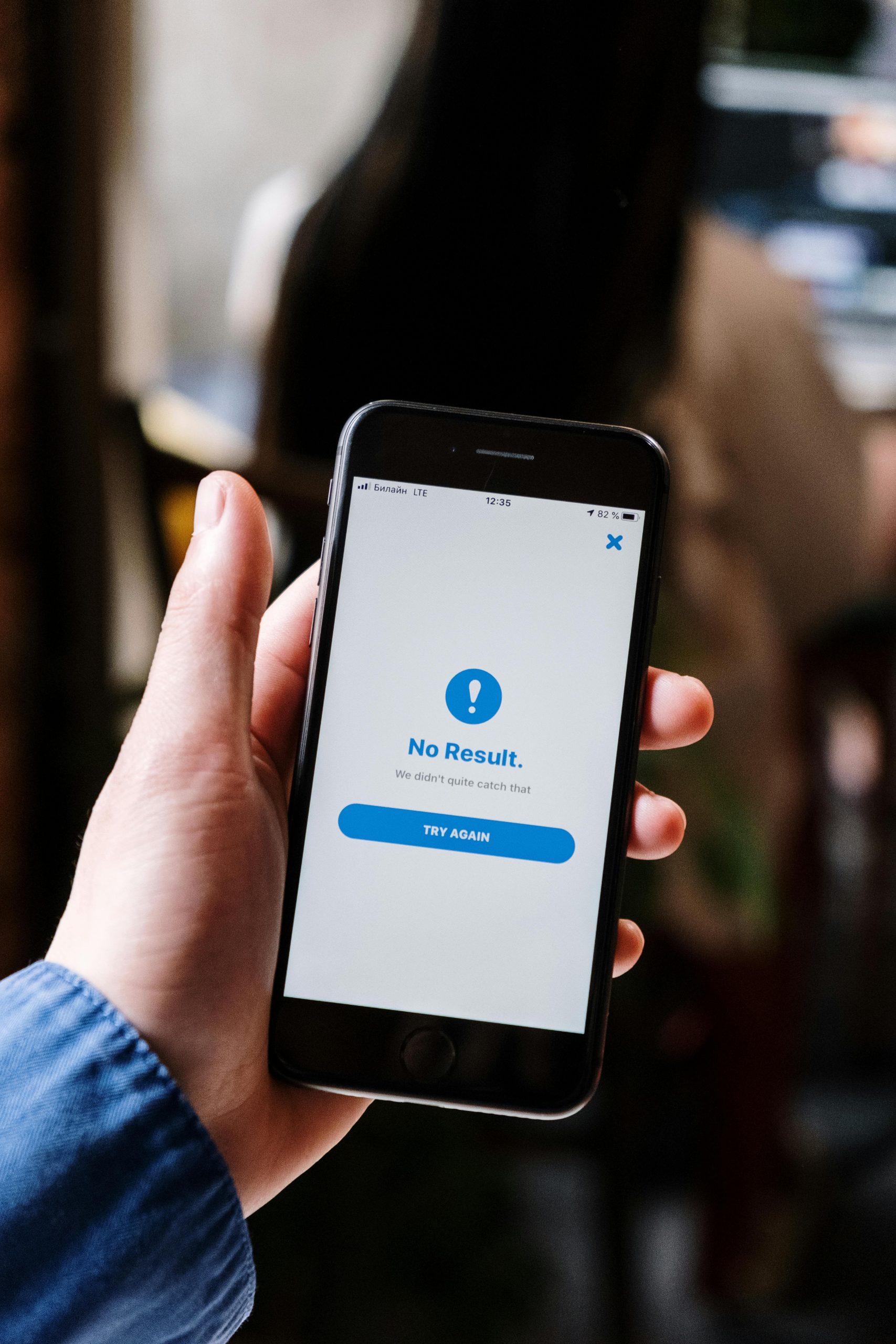Understanding Your Options After a Car Accident: Navigating Insurance and Vehicle Valuation
Dealing with the aftermath of a collision can be overwhelming, especially when your vehicle sustains significant damage. Recently, a driver ran a red light and T-boned my 2016 Toyota Corolla, which I’ve maintained meticulously over the years. Fortunately, I had dash cam footage and witnesses documenting the incident, confirming the other driver’s fault. However, the severity of the damage has raised concerns about the future of my car and my insurance process.
The Situation
The collision occurred at a multi-lane intersection where the other driver—distracted by her device—accelerated through a red light. She later claimed to have passed out, but that’s a separate matter. What matters is that my vehicle was hit hard enough to cause substantial damage. My mechanic has indicated that the insurance might declare the car a total loss, estimating its value around $5,000. This is upsetting because I have a strong emotional attachment to my vehicle and want to ensure I receive a fair settlement.
Understanding Your Insurance Options
If you find yourself in a similar situation, it’s essential to understand the claims process and your options. Typically, when fault is clear, you can file a claim either through your own insurance or the at-fault party’s insurer. Some individuals assume that it doesn’t matter which policy they pursue; however, there are nuances.
In my case, I filed a claim with my insurance provider. My agent explained that when the other driver is at fault, the process involves their insurer investigating the incident, with the potential for their insurance to cover damages. However, some confusion can arise about whether it’s better to file through your own insurer or directly with the responsible driver’s insurer.
Can You File Directly With the At-Fault Driver’s Insurance?
Yes, you usually have the option to contact the at-fault driver’s insurance company directly to submit a claim. This can sometimes result in a faster resolution or potentially a different settlement approach. If you initially filed with your own insurer, but aren’t satisfied with the outcome—such as a low valuation—it’s advisable to consider reaching out to the other driver’s insurer. Doing so might provide you with alternative avenues for compensation, possibly leading to a more favorable settlement.
Protecting Your Interests
Keep in mind that insurance companies focus on minimizing payouts, so it’s important to gather comprehensive evidence—photos, videos, repair estimates—and communicate clearly about your vehicle’s



